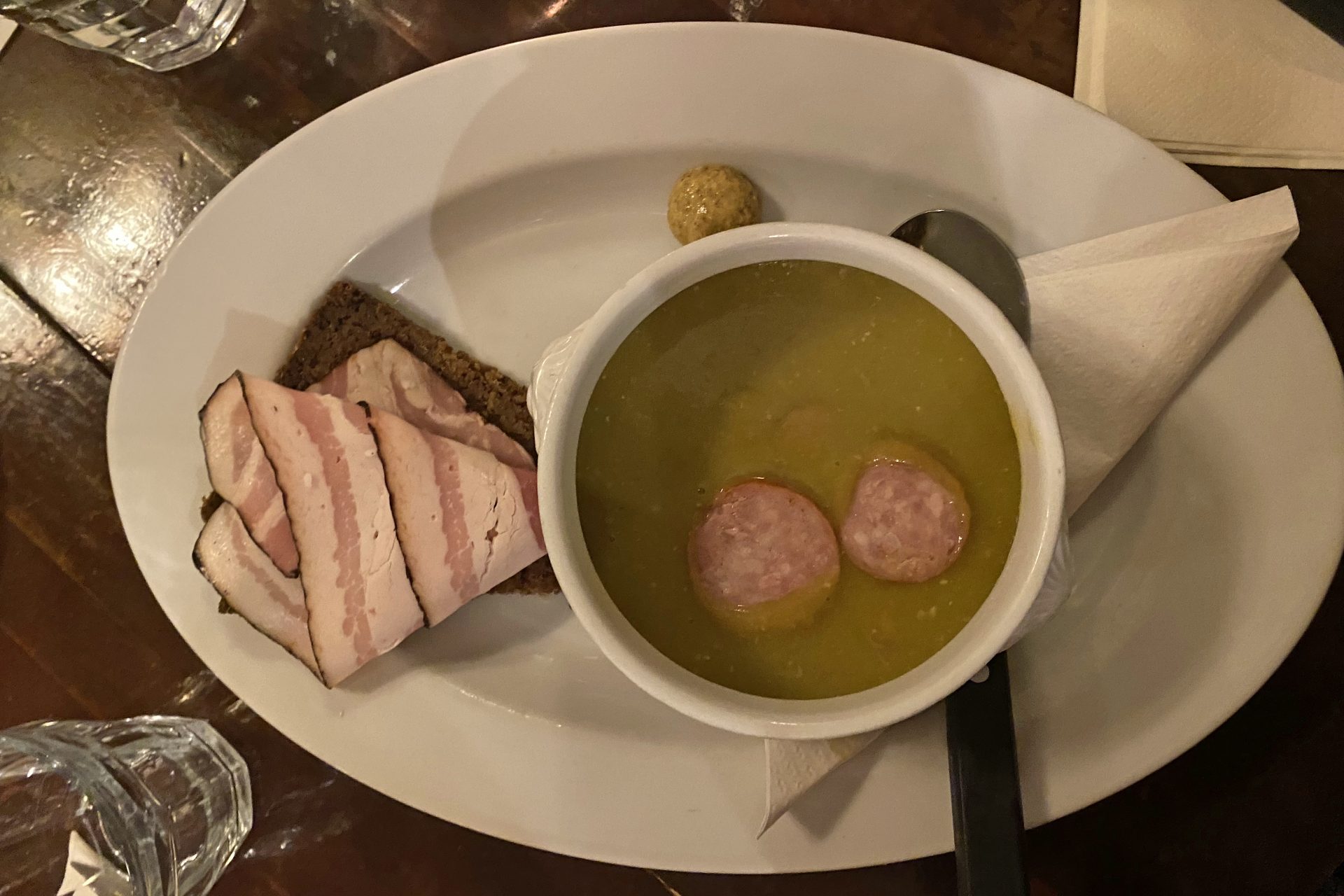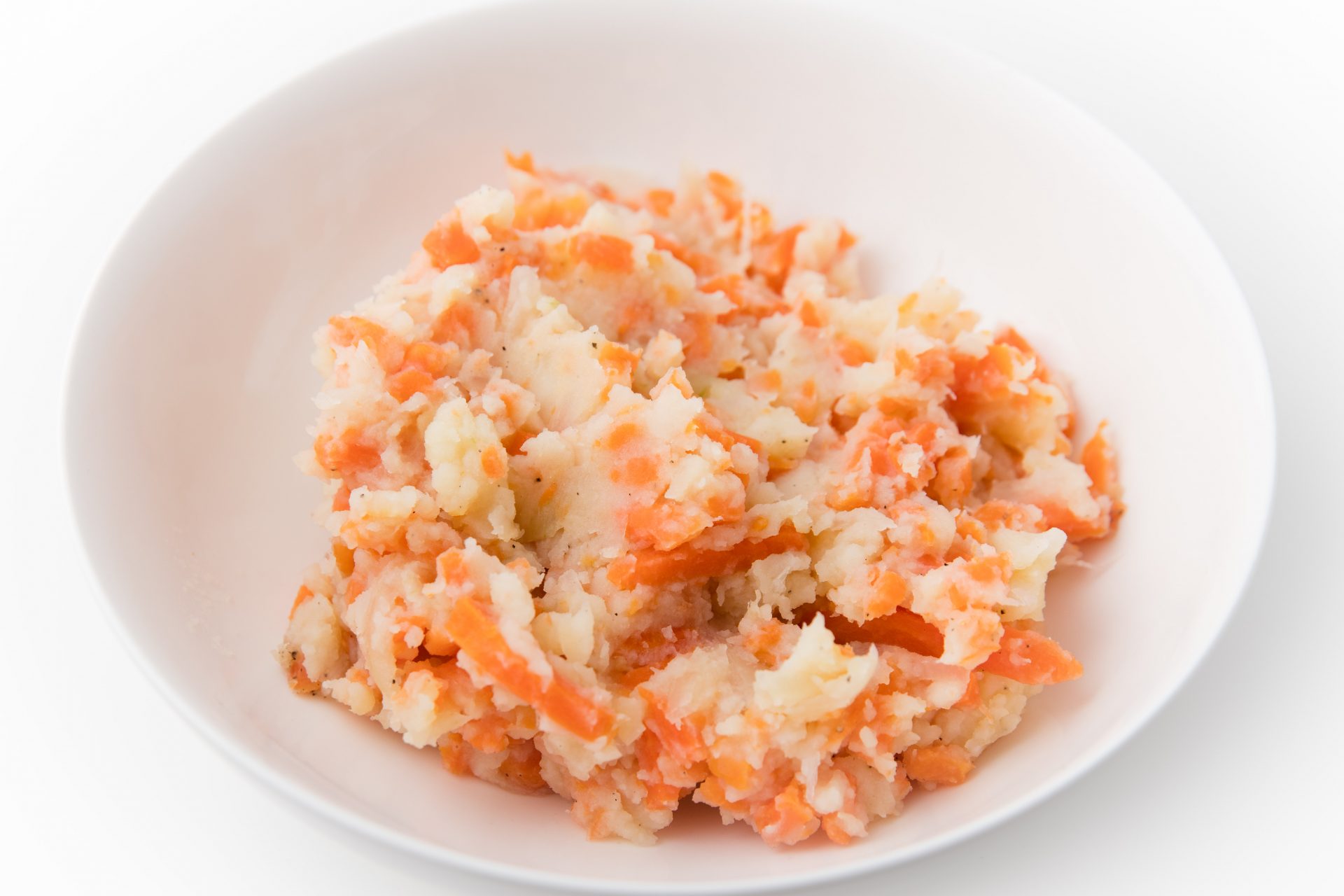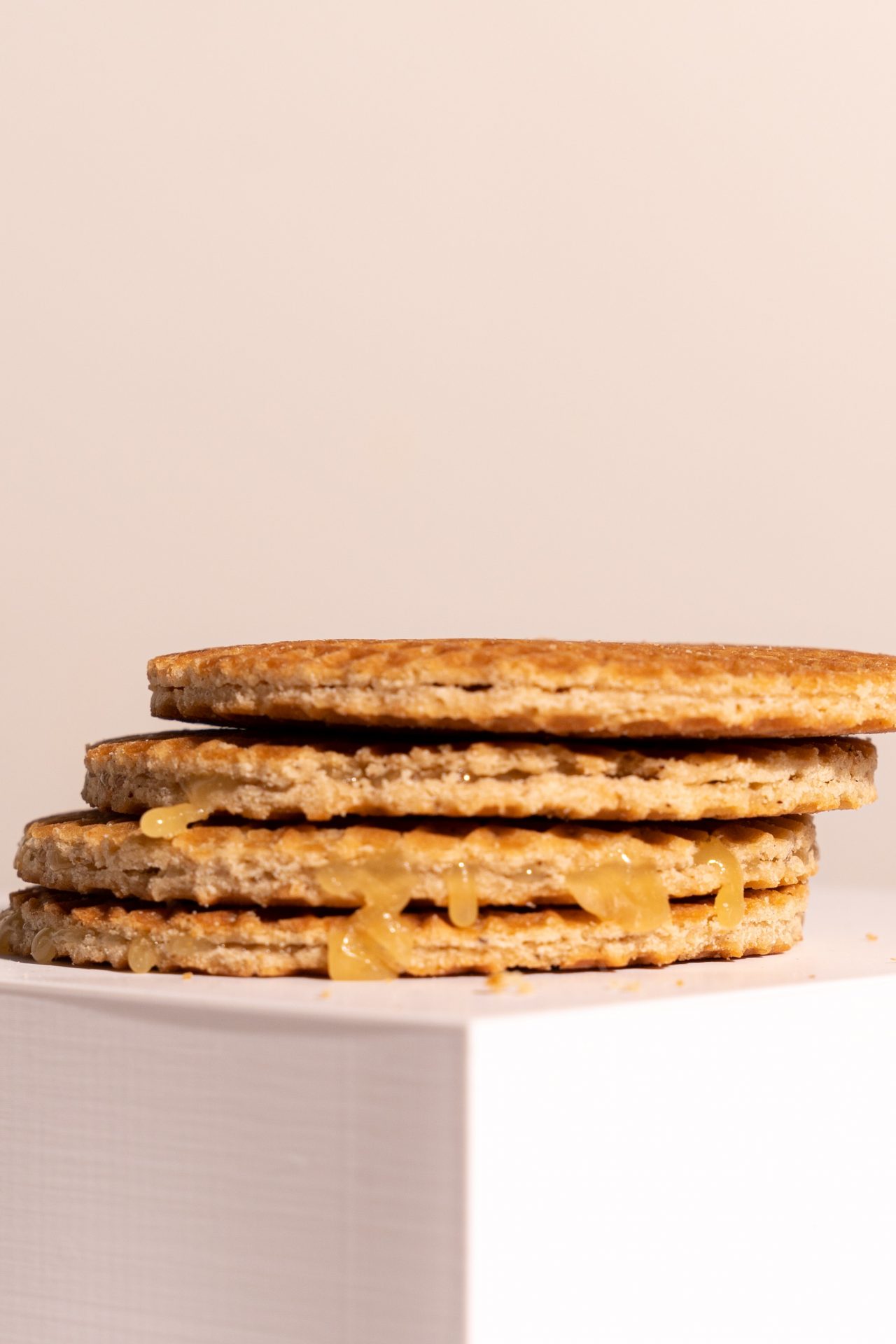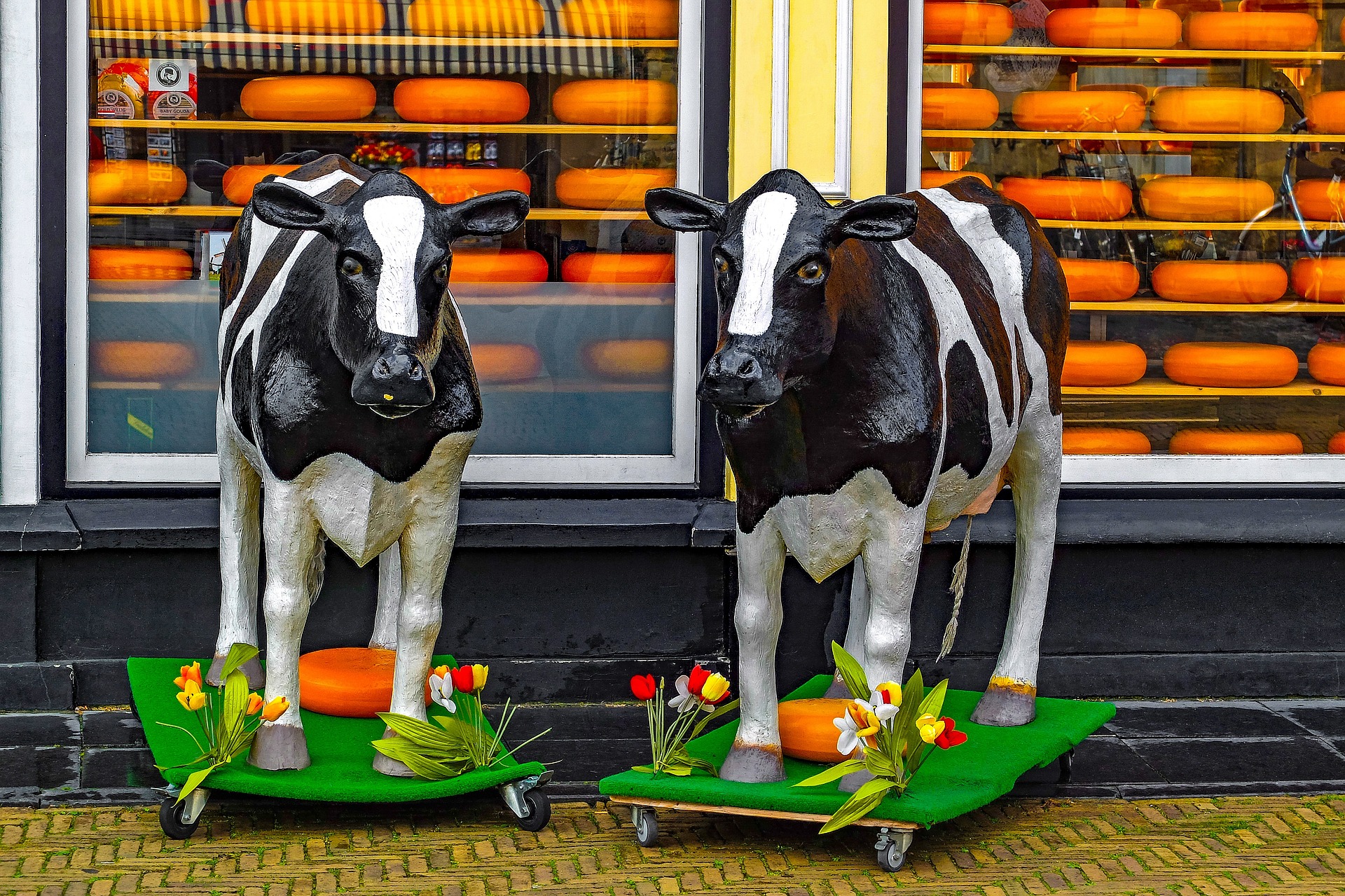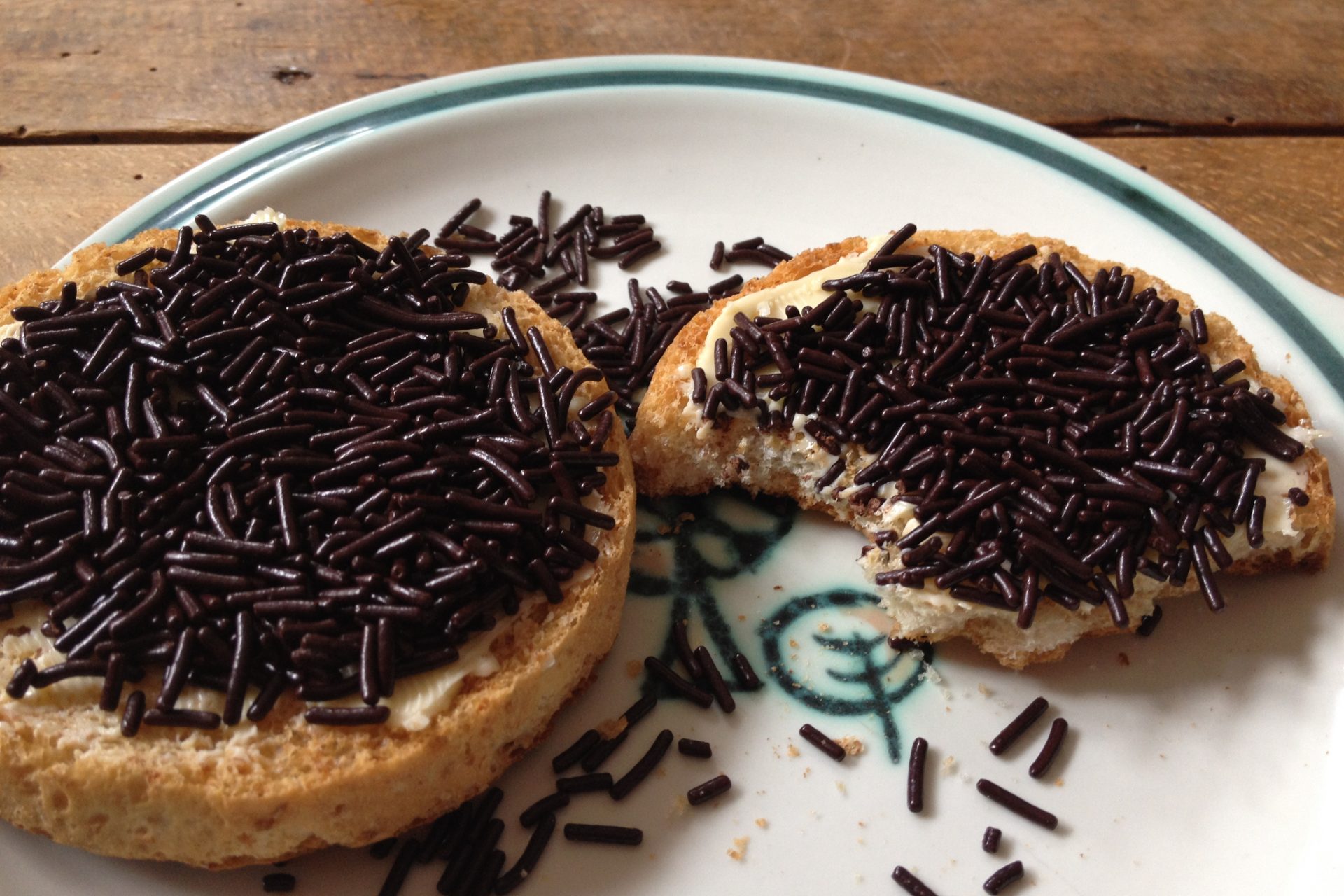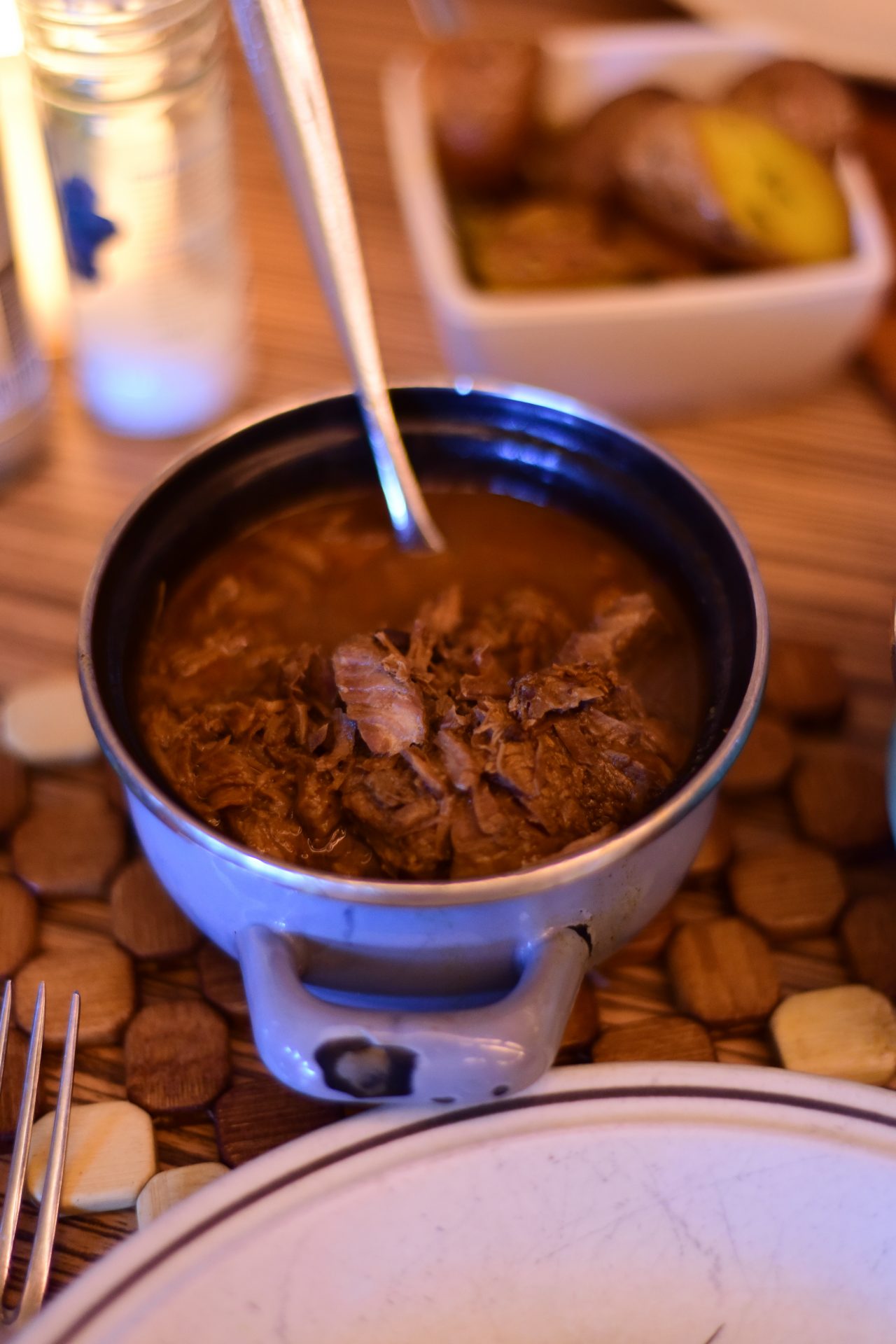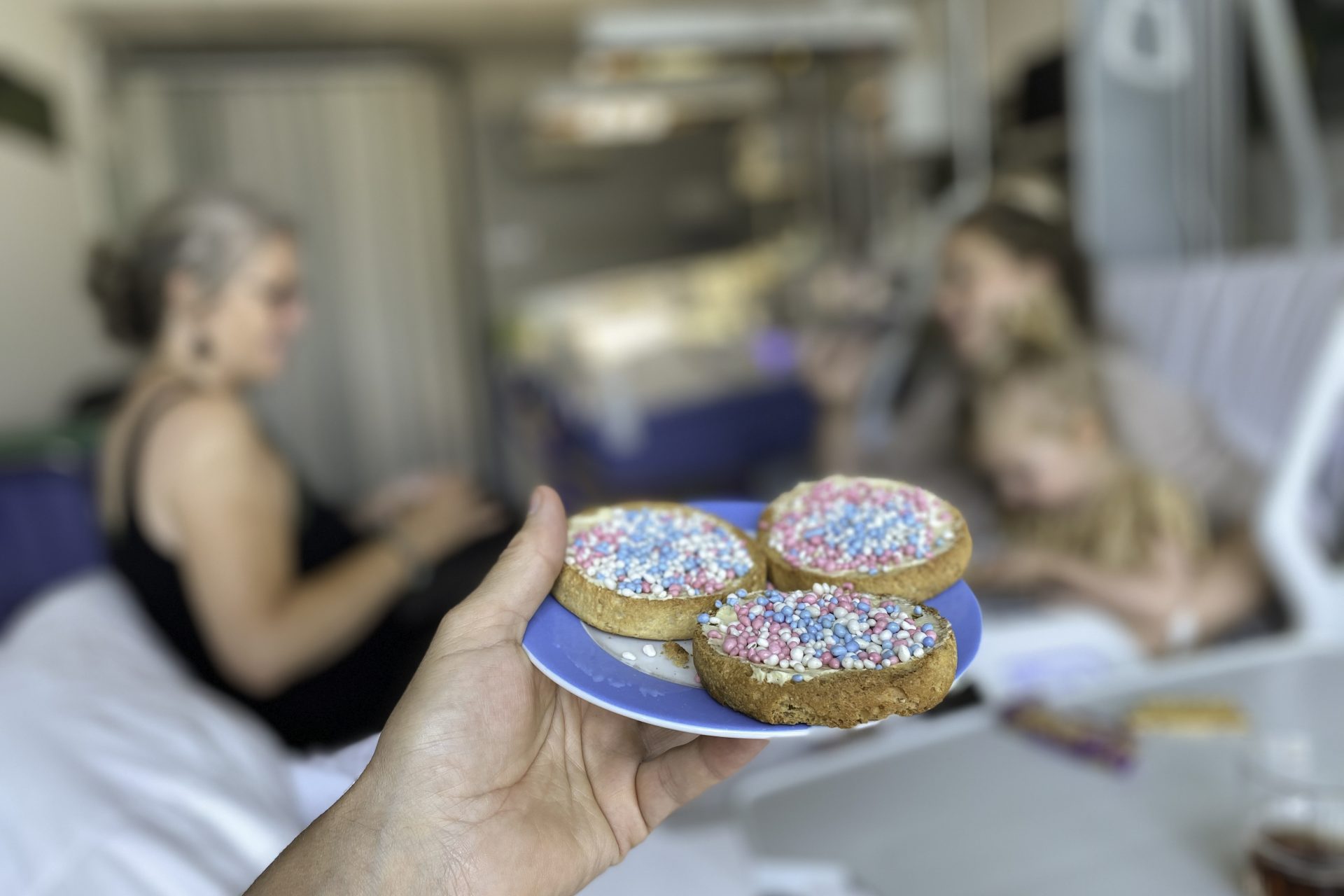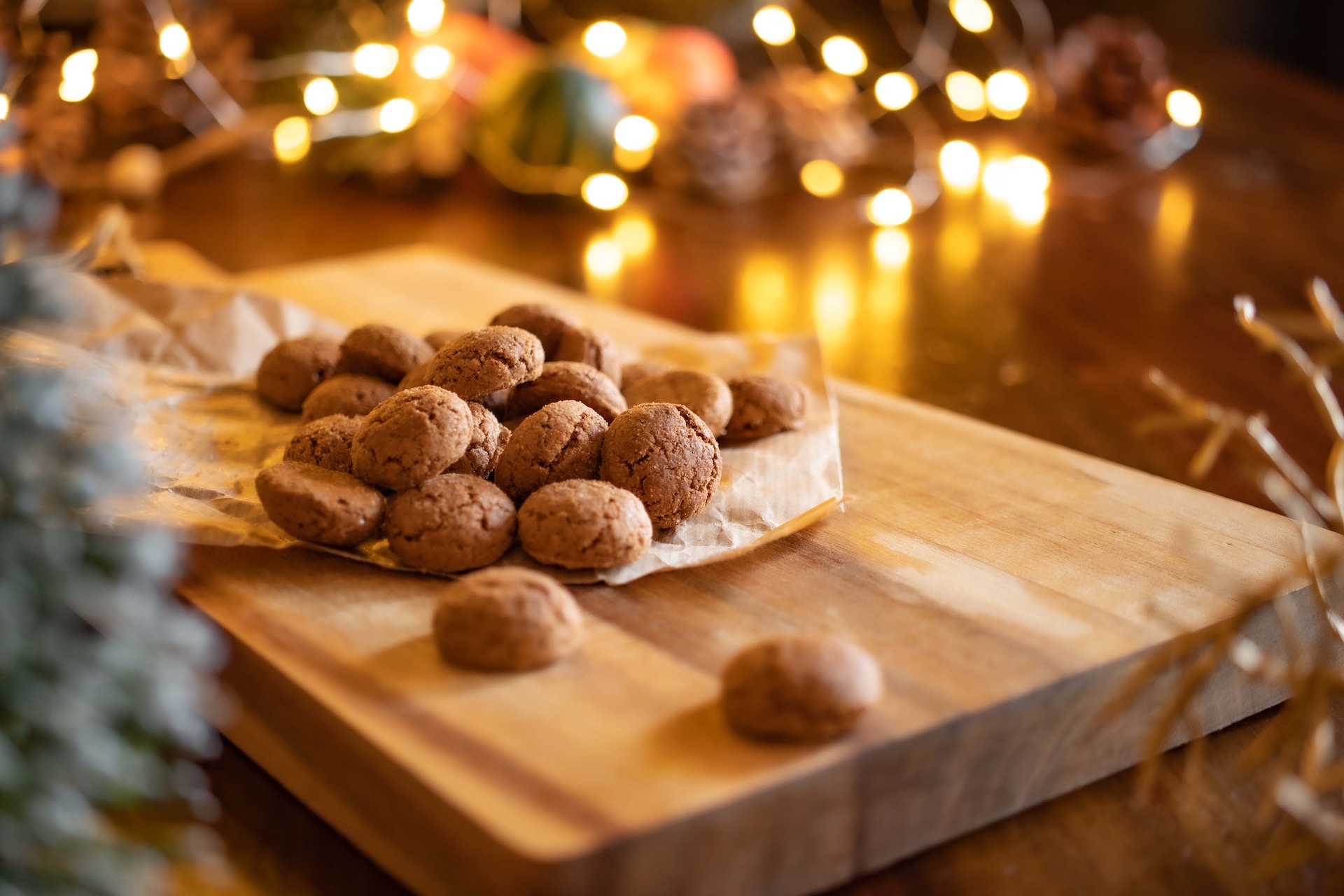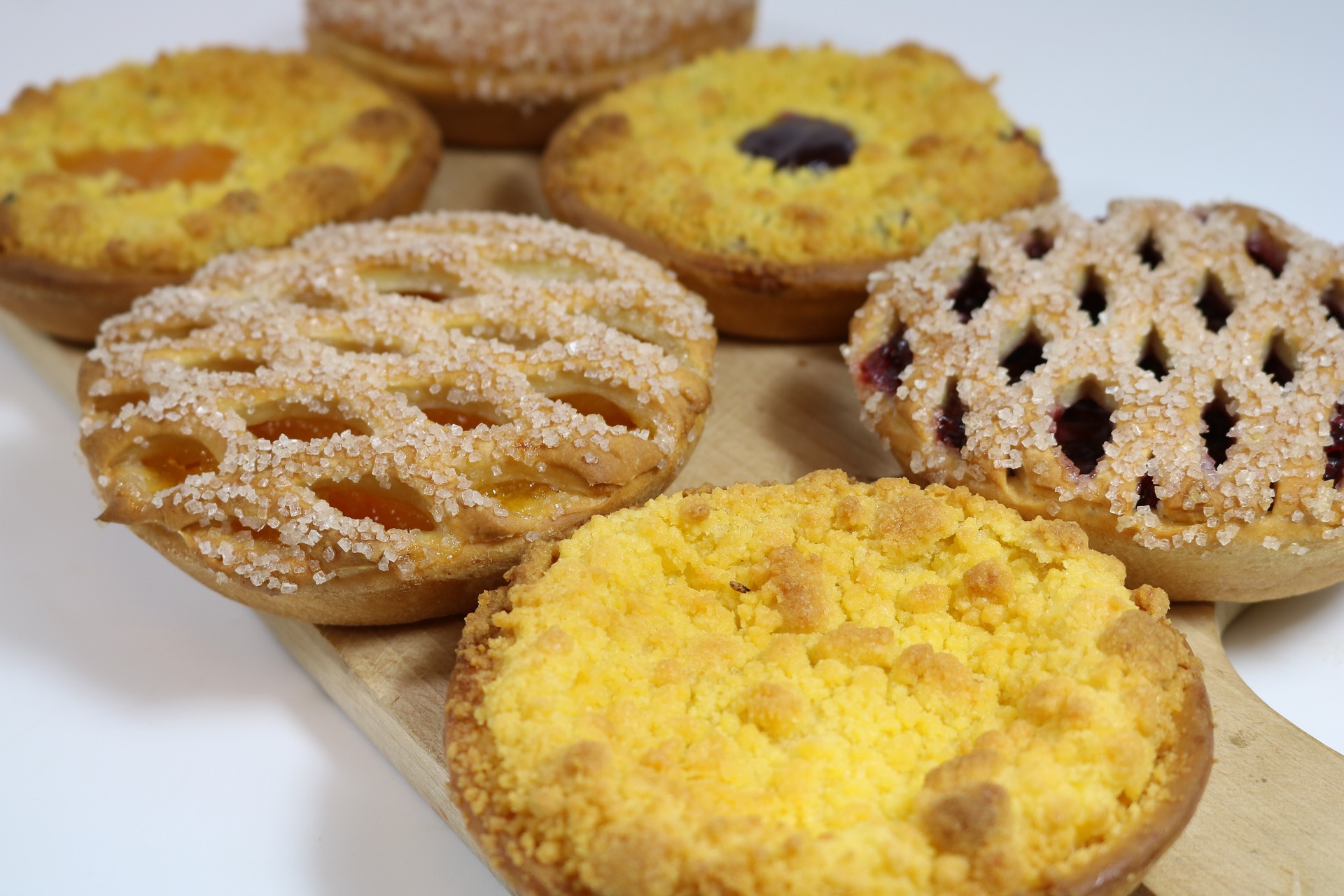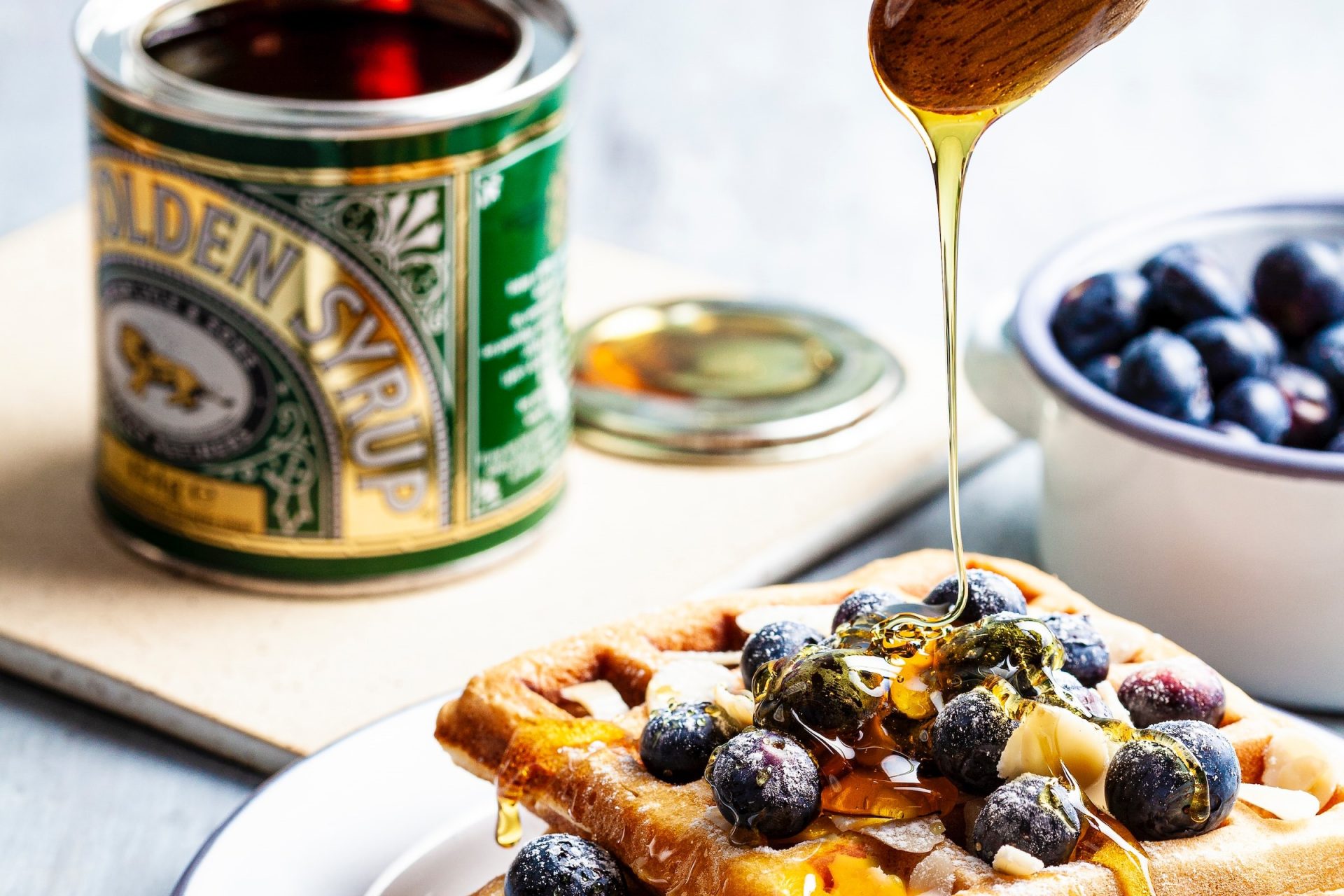Do you know the Dutch kitchen? Delicacies from The Netherlands
In the culinary traditions of The Netherlands, flavor and history come together on the plate. From savory classics that warm your heart to sweet treats that make your mouth water, Dutch cuisine offers exceptional flavors that have been cherished for generations.
Pictured: green vegetables mashed with potatoes are called "stamppot."
When it's cold in winter, the Dutch love to eat a thick soup made of peas. The recipe includes green peas, meats such as pork knuckle, pork chop, and bacon, along with seasonings such as bay leaves, thyme, and celeriac.
After simmering for a few hours, the pea soup can be served with the addition of smoked sausage at the last minute. Of course, the dish can also be made with meat substitutes, such as vegetarian sausage.
The origin of the word "hutspot" dates back to the sixteenth century. Back then, the term was used because the ingredients were scrambled rather than mashed. Now the dish is a familiar stew consisting of potatoes, carrots, and onions, all mixed in one pot.
Although the word "hutspot" is older than the word "stamppot," referring to the mashing or pureeing of vegetables with potatoes, the term "hutspot" is still used to refer to this specific mix of ingredients and flavors.
Picture: Jacques Bopp/ Unsplash
The stroopwafel, a typical Dutch caramel cookie, was already produced in the Netherlands 200 years ago. In Gouda, its place of origin, there were at least a hundred stroopwafel bakers active in the 19th century.
Image: Grooveland Designs / Unsplash
Initially, stroopwafels were called 'poor cookies' because they were made from leftovers of cake and dough. Now the stroopwafel is conquering the world and sold at inflated prices in Starbucks coffee shops.
Photo: Vicinius 'amnx' Amano / Unsplash
Gouda cheese is one of the most famous, massively consumed types of cheese in the world. Its history goes back to the 14th century when it was still known as (sweet milk) "Stolkse" or "Stolwijkse" cheese. Since the 16th century, it has carried the label of its most famous producing city, Gouda, and the cheese continues to be produced in the traditional way.
Picture: Djedj / Pixabay
Eating raw herring is an age-old tradition in The Netherlands. People have been fishing for herring since the earliest inhabitants, mainly for their own consumption. Few other countries have herring on the menu like this.
Image: Paul Einerhand / Unsplash
During a specific period of the year, the herring has a special flavor. The season of the so-called "New Herring" lasts from late May into July. To be a "New Herring," the fish has to meet certain criteria, such as high-fat content and a traditional method of preparation. Fresh out of the water, the herring is immediately gutted, salted, and put on ice to preserve its quality.
Image: Paul Einerhand /Unsplash
The signature Dutch breakfast is bread with chocolate sprinkles. The sprinkles are 'pasted' to the bread with butter; otherwise, they'll fall off. The 'invention' to put chocolate sprinkles on bread rather than pastries was made by a savvy candy producer in the 1920s. He could now sell sprinkles for daily consumption instead of special occasions.
Hachee is a traditional stew consisting of beef, onions, and an acidic element such as vinegar or wine. The word "hachee" is derived from the French verb 'hacher', which means "to chop." In the 17th-century Netherlands, it was customary to eat stews with different kinds of meat, fish, or poultry.
Even in the Middle Ages, hachee was already on the menu during festive buffets, making it one of the country's oldest dishes. The stew is traditionally served with red cabbage and potatoes, but it can also be eaten with rice or as part of a casserole.
Photo: Dimitri Photography / Unsplash
The origin of Dutch poffertjes, or mini pancakes, lies in France. At the end of the 18th century, they were produced in a monastery that also made wafers for church mass. Due to a lack of wheat flour, monks started experimenting with dough mixes, and this led to their recipe for tiny pancakes - or poffertjes, as the Dutch now call them.
The meat croquette has a rich history that dates back to 1705. The very first croquette was the size of an egg and its filling was prepared without the ragout that is added to it today. In that period, the croquette was considered a refined dish. In the 19th century, people started to use cooked residual meat to make breaded croquettes, thus giving their leftover meat a longer shelf life.
Image: Jan van Bizar / Pexels
According to the Dutch Bakery Museum in Hattem, the habit of eating rusk with sugar sprinkles dates back to the mid-nineteenth century. Over time, they were covered with sugar-coated anise seeds: blue ones after the birth of a boy, and pink ones after the birth of a girl.
Picture: Marjon Besteman / Pixabay
The colored, sugary sprinkles are called mice because the aniseeds inside of them have little 'tails,' just like rodents, the Dutch newspaper AD explains.
Pepernoten (translated as 'pepper/spice nuts') are small, chewy cookies in the shape of a large marble. They are made mainly with rye flour, honey, and ground anise. In addition, the mini cookies are flavored with a variety of spices, including cardamom, cinnamon, ginger, and coriander seeds.
Picture: Wouter Supardi Salari / Unsplash
These small delicacies are consumed in abundance during the Sinterklaas (Dutch Santa Claus) celebration. Their origin dates back to the time when the Dutch East India Company (VOC) imported spices from the Dutch East Indies.
Image: Lafynyx / Pixabay
The origin of this type of pie lies in southern Germany, near Lake Constance. In the Middle Ages, leftover bread dough and fruit would be baked together into a sweet dish called "Fladen". In the south of The Netherlands, the pie was further developed.
Image: Mark Craemers / Pixabay
An authentic Limburg pie has a flat dough base of about 30 centimeters. Its dough is lighter and closer to that of bread than to that of other pies. It is filled with flan, rice, or fruits like plums, cherries, apricots, or gooseberries.
Picture: Mark Craemers / Pixabay
In the late Middle Ages, a tradition arose among poor people to knock on doors after the turn of the year and wish the residents a happy new year. As a thank you for the good wishes, they received something to eat, often in the form of a fried dough ball.
Photo: Marjon Besteman / Pixabay
The evolution from the traditional oilcake to the contemporary 'oliebol' is mainly related to the amount of oil that's used to prepare it. People also add raisins to the oliebol to give it more flavor. These doughnut balls are only eaten on New Year's Eve.
From the sixteenth century, farmers in the south of The Netherlands started making syrup as a cottage industry. This was a way of preserving excess fruit for the winter period.
Image: Rita ynd Mitt / Pixabay
Different types of fruit syrups were made, especially from apples and pears. The fruits are boiled, the juice is squeezed out of them, and then it is reduced to the desired thickness. Dutch people eat these fruity syrups on bread or pancakes.
Picture: Cristina Matos Albers /Unsplash
Over the centuries, Dutch people have developed culinary traditions out of necessity or ingenuity. From the savory flavors of hachee and Gouda cheese to the sweet temptations of stroopwafels and pepernoten, these dishes tell the story of Dutch cuisine and culture.
Image: bitterballen, small croquettes photographed by Peter Skitterians / Pixabay



